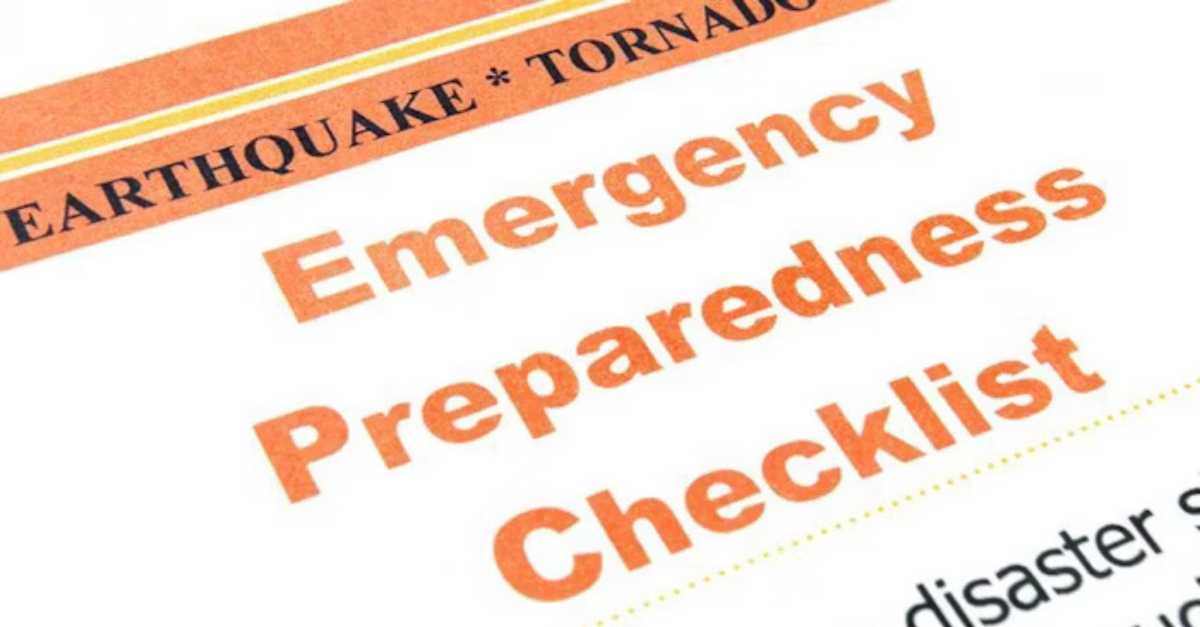
The Joint Commission Adds Three Categorical Waivers
Testing of sprinkler alarms, medical gas alarms, and emergency banners. Learn about how to make use of the new waivers TJC has added to its 2015 ...
Solutions
Workplace Management Solutions
Real Estate Management Solutions
Maintenance Management Solutions
Energy Management Solutions
Engineering Document Management Solutions
Asset Management Solutions
Automate campus scheduling for classes, meetings, and exams with our EMS software.
Plan and manage conferences effortlessly with EMS software to impress guests and streamline operations.
Boost workplace flexibility and maximize space use with seamless desk and room booking.
Organize workplace or campus events smoothly, creating memorable experiences.
Optimize workspace, manage allocations efficiently, and reduce costs with our space management solutions.
Deliver projects on time and within budget by improving communication, collaboration, and efficiency with our software.
Streamline lease accounting for ASC 842, IFRS, and GASB compliance.
Manage leases efficiently by tracking key dates, analyzing costs, and ensuring compliance.
Centralize data and analytics for better insights, faster negotiations, and revenue growth.
Centralize facility and asset maintenance, automate work orders, and ensure compliance with our CMMS software.
Extend asset life, reduce downtime, and prevent costly repairs with data-driven monitoring.
Prevent equipment failures and extend asset life by detecting and addressing issues early.
Make sustainable, cost-efficient energy decisions by monitoring and optimizing power consumption.
Remotely monitor and control equipment with real-time data to predict issues, boost efficiency, and reduce downtime.
Easily share and collaborate on documents, creating a single source of truth for engineers and contractors.
Manage and analyze assets across their lifecycle to schedule maintenance, reduce downtime, and extend lifespan.
Improve visibility, automate work orders, and ensure compliance for efficient facility and asset management.
Resources
Browse our full library of resources all in one place, including webinars, whitepapers, podcast episodes, and more.
Support
Looking for access to technical support, best practices, helpful videos, or training tools? You’ve come to the right place.
About Accruent
Get the latest information on Accruent, our solutions, events, and the company at large.

Learn how to develop a comprehensive hospital emergency operations plan and use this information to prepare for any situation that comes your way.
For healthcare organizations, emergency preparedness serves as a crucial component of its facility management plan. Having a hospital emergency operations plan helps you stay compliant with the Joint Commission and is part of the annual review process.
The Emergency Operations Plan should outline key details for internal and external communication as part of EM.02.02.01. Internally, who will be involved in the communication command center and be responsible for developing and sharing messages with appropriate parties? The plan should also outline how you will communicate with external agencies, from emergency response to your vendors that provide essential supplies, like medical gas and fuel for your generators.
Understanding the resources and assets that you will have available to you and your team during an emergency serves as an important component of your plan. The Joint Commission requires this as part of EM.02.02.03. Assets, such as emergency generators, and resources, such as supplies like hazmat suits, should be identified and counted within the plan
The plan should acknowledge safety and security procedures in the event of an emergency for both patients and safety. The Joint Commission specifically addresses this in EM.02.02.05. Within your Emergency Operations Plan, you should outline how the hospital will coordinate with security agencies like the police department or National Guard, as well as how it will manage hazardous materials and waste.
Clear details of responsibilities during an emergency situation will ensure that you are ready to respond the instant something occurs. Knowing who will be in charge of informing your vendors, as well as who will take charge of setting up a command center, for instance, can ensure that you are able to act quickly.
In the case of an emergency, the plan must identify how the hospital will continue to provide utilities, such as electricity and water. As water is used in several different ways within a healthcare organization, water sources for consumption and essential care activities, as well as equipment and sanitary purposes, need to be identified. Other key utilities include medical gas and fuel. A key component of utilities management for emergency planning includes the labeling of the systems and valves.
Emergency planning serves as such an important component for hospitals because it ensures continual care for patients, no matter the conditions, and protects life. According to EM.02.02.11, the Emergency Operations Plan should plan for how clinical services will react to emergencies and, in turn, how that will impact the facilities to continue care, treatment and services.
As part of your Emergency Operations Plan, build in time to test and evaluate the equipment that you will need in the event of an emergency. The Joint Commission requires regular maintenance of these assets, which can be tracked and managed in a healthcare technology management (HTM) platform designed for hospitals. In addition, evaluating your plan after an emergency can help you identify key gaps and areas where you can improve in the future.
Testing of sprinkler alarms, medical gas alarms, and emergency banners. Learn about how to make use of the new waivers TJC has added to its 2015 ...
Explore the standard of utility labeling, why it is important and how to appropriately label equipment in your facility.
Learn how to ensure preventative maintenance compliance during a state of emergency including programs, waivers, and temporary compliance.
Subscribe to stay up to date with our latest news, resources and best practices